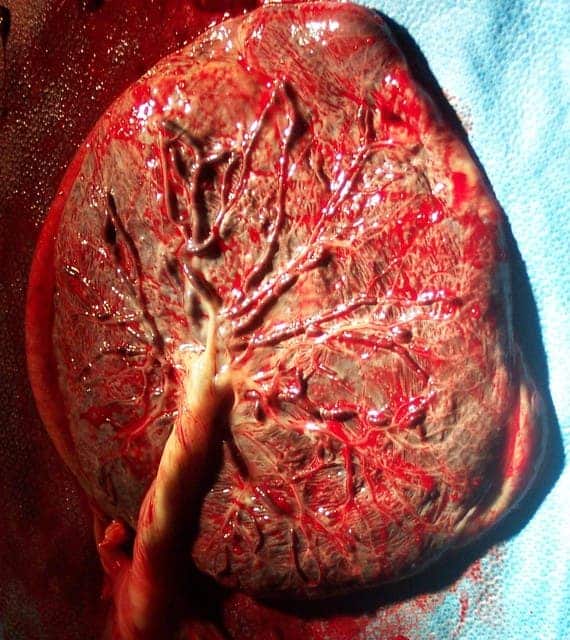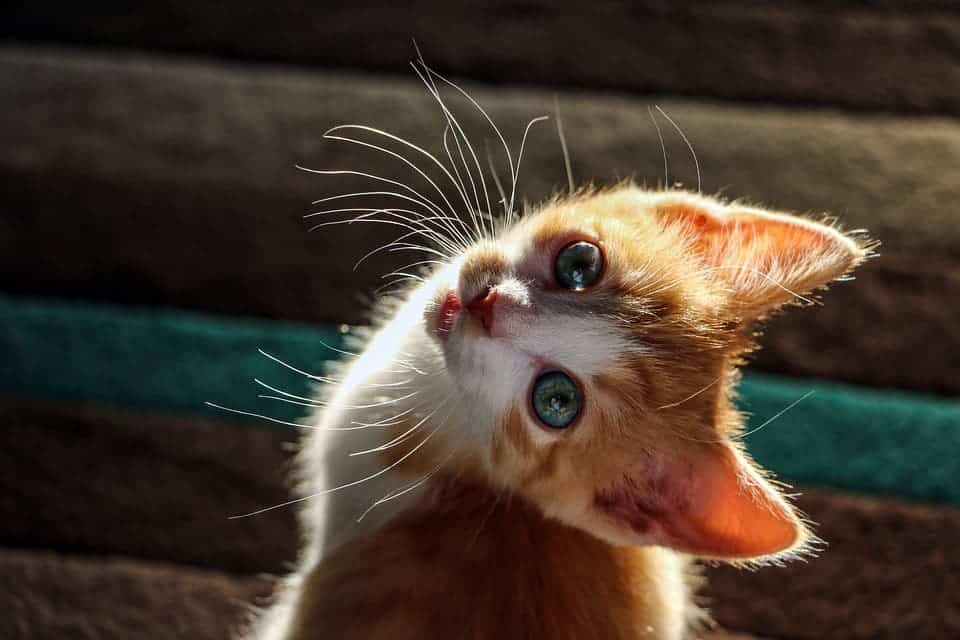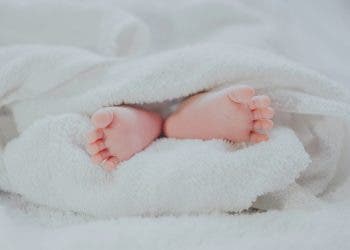More and more American mothers are eating placentas after birth, a worrying trend fueled by celebrities with no medical backing whatsoever. What’s more, doctors are worried placentophagy may be seriously threatening the lives of newborn babies, as documented in at least a case of bacterial infection following placenta ingestion.
WHY?!
In case you’re not aware, the placenta is an organ attached to the lining of a woman’s womb during pregnancy, serving as the crucial link between a mother and her unborn baby. Oxygen and vital nutrients pass from the blood supply into the placenta where the umbilical cord carries them to the unborn baby. Waste products from the baby, like CO2, follow the same route but in reverse passing back along the umbilical cord to the placenta and then into the bloodstream for the mother’s body to dispose of them. After the baby is born contractions will push the placenta out through the vagina.
The placenta is thus vital to any successful childbirth — and that’s not just for human mothers. All mammal mothers grow a placenta. But why in the world you eat it though?

A large number of mammals eat the placenta, also sometimes called ‘afterbirth’. That includes herbivores like goats too. Researchers have several theories to explain placentophagia, and these include hygiene, to reduce odors that may attract predators, to replenish nutrients lost during pregnancy and to acquire additional hormones. Another train of thought is that by munching on a placenta, the mother will naturally come into contact with her young, and by licking them clean, this contact will stimulate bonding and caretaking behaviors.
Seeing how most mammals do it, should it be alright for humans too? Only camels and aquatic mammals seem to abstain from placenta gobbling. This seems to be reasoning behind a wave of placentophagia, particularly in the United States where many celebrities like the Kardashians or Alicia Silverstone endorse the practice. “Placenta, placenta, placenta,” said Transparent and Girls star Gaby Hoffman in an interview with People “Just eat that s— up, and it does a girl good.”
https://www.instagram.com/p/xsZmoTE1vL/
No evidence whatsoever that placentophagia has health benefits
Most mothers are attracted by claims that placentophagia relieves postpartum depression and enhances milk production and nutrition. Actually, even some fathers have been swayed into dining on placentas. “I’m going to eat the placenta,” Tom Cruise told GQ shortly before the birth of his daughter, Suri Cruise. “I’m going to eat the cord and the placenta right there.”
Proponents of placentophagia also tell us that humans have been eating placentas all the time but it’s only recently after we’ve acquired cultural norms that the practice has been forgotten, in yet another appeal to ‘we’re moving away from nature or the natural.‘
The science on placentophagia is far from being as conclusive and care-free as the mommy bloggers and TV celebrities that peddle its therapeutic properties would have us believe. One review found the data isn’t robust enough for any of the benefits seen in placenta-eating animals to translate to humans.
“We have very little information available, and the studies we have do not show any benefit and do not substantiate the claims that are made,” Dr. Catherine Spong, a placenta expert and the deputy director of the National Institute of Child Health and Human Development at the National Institutes of Health, told VOX.
What about prehistoric placentophagia? That would be very difficult to say but a cross-cultural survey of over 300 contemporary human groups via the Human Relations Area Files concluded that placentophagy is not a normal part of human behavior. Exceptions make some areas of southeast Asia, where parts of the placenta are dried and used as medicine. Far more common is using placentas for ritualistic purposes, which often includes burying the placenta to ensure the health and well-being of mother and child and to prevent witchcraft with body parts. The oldest evidence of burying the placenta dates to 3,100 BC Egypt, where the ritual is depicted on a make-up kit in the grave of Pharaoh Narmer of the First Dynasty.
“Women really don’t know what they are ingesting,” said Cynthia Coyle, a clinical psychologist at Northwestern University who authored a study which found no evidence to support the notion that eating the placenta raw, cooked or in pill form carries any health benefits.
Gross? Check. Potentially fatally dangerous? Check.
But can anything bad come out of the practice? Although the name derives from the Latin word for ‘cake’, the placenta doesn’t look that appetizing, to put it lightly. Luckily for placentophages, there are many companies in the United States who are specialized in dehydrating the organ and encapsulating it in a familiar pill form. That’s what an Oregon mother did to her placenta shortly after giving birth in 2016. However, the infant developed signs of respiratory distress after the mother starting taking the placenta pills and was transferred to the neonatal intensive care unit where tests showed it was diagnosed with late-onset group B strep disease (or GBS). The doctors later learned of the mother’s placentophagy and when they cultured samples from the pills, penicillin-sensitive, clindamycin-sensitive GBS was yielded. The infant was treated with ampicillin (300 mg/kg/day) for 14 days and gentamicin (3 mg/kg/daily) for the first 6 days and discharged home. However, in this case, placentophagy could have been fatal for the infant.
“No standards exist for processing placenta for consumption. Heating at 130°F (54°C) for 121 minutes is required to reduce Salmonella bacterial counts by 7 log10 (6). In this case, heating for sufficient time at a temperature adequate to decrease GBS bacterial counts might not have been reached. Consumption of contaminated placenta capsules might have elevated maternal GBS intestinal and skin colonization, facilitating transfer to the infant,” the CDC reported.
“The placenta encapsulation process does not per se eradicate infectious pathogens; thus, placenta capsule ingestion should be avoided. In cases of maternal GBS colonization, chorioamnionitis, or early-onset neonatal GBS infection, ingestion of capsules containing contaminated placenta could heighten maternal colonization, thereby increasing an infant’s risk for late-onset neonatal GBS infection. Clinicians should inquire about a history of placenta ingestion in cases of late-onset GBS infection and educate mothers interested in placenta encapsulation about the potential risks.”
It’s not illegal to consume placenta but women who are thinking about engaging in the practice should be fully aware that there are no regulations about what is in the pills. It’s all on you. Why be so mindful of avoiding alcohol and raw fish during pregnancy but do something this sloppy right after the baby is born and very vulnerable? Bacteria are natural, too, remember. Many mammals, like sloth bears, not only eat the placenta after giving birth, but sometimes the babies too.
Unfortunately, science is often the last thing people think about turning to when pondering whether or not something is safe to put inside their bodies. How else can we explain the fact that some people are willing buying hundred-dollar jade eggs to stick them into their vagina over night or wasp nests for that matter (!).






